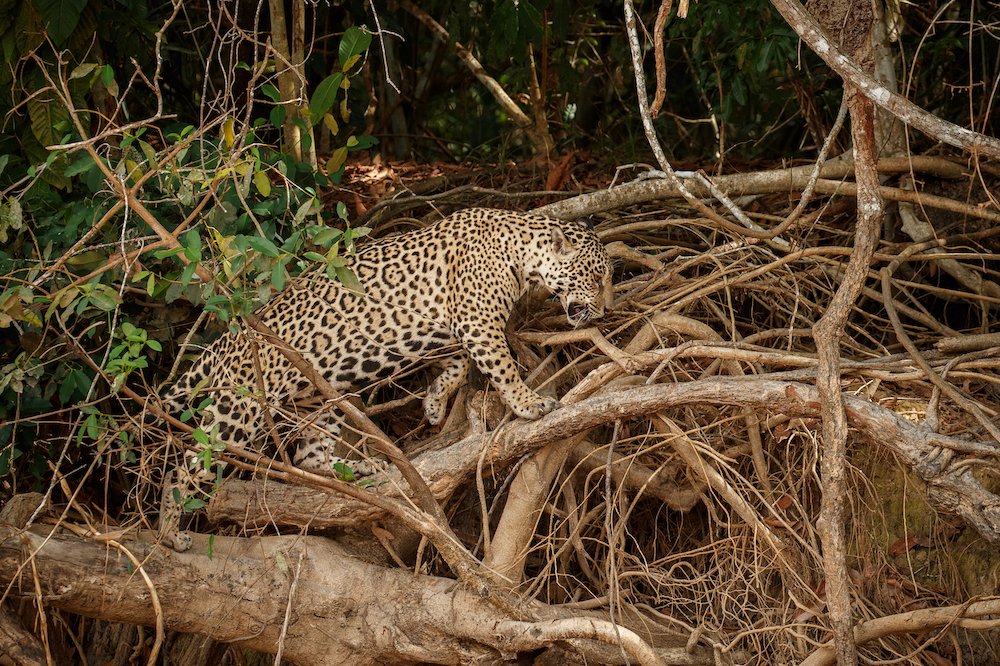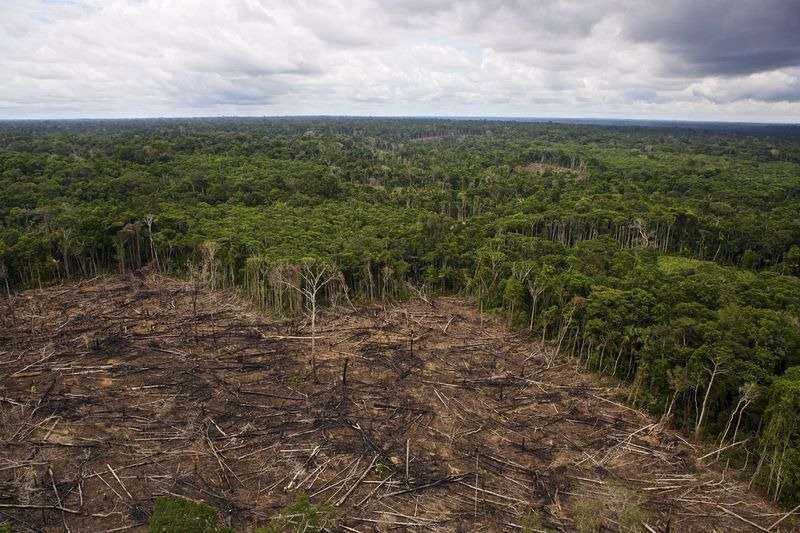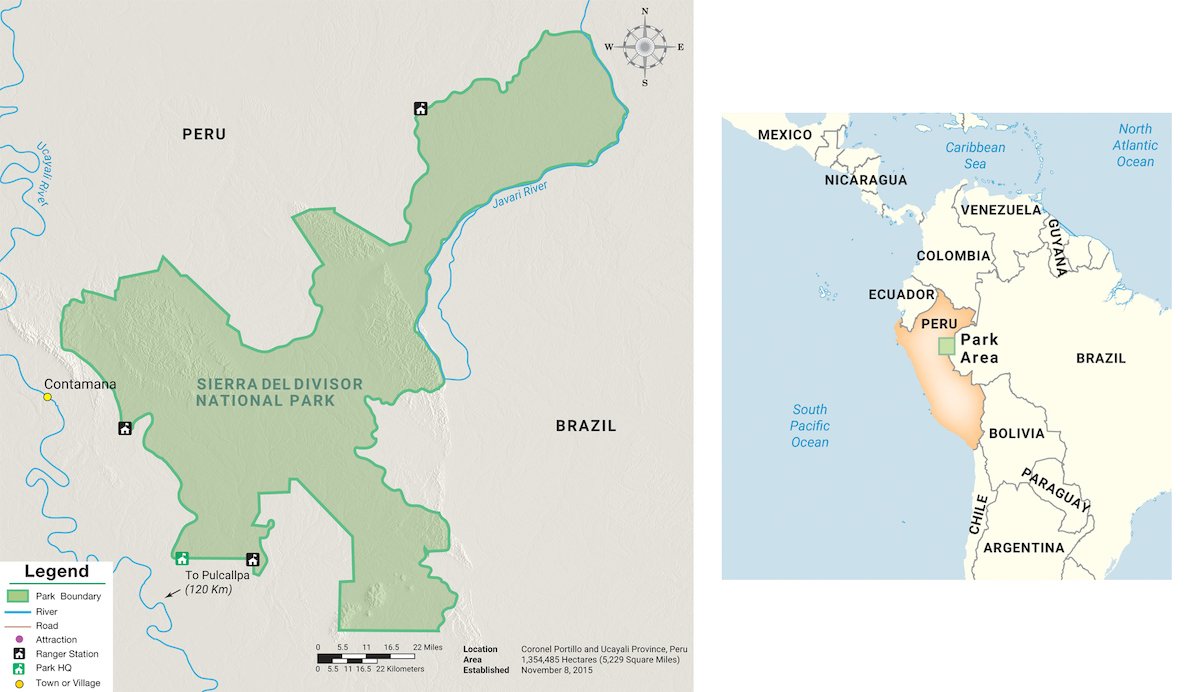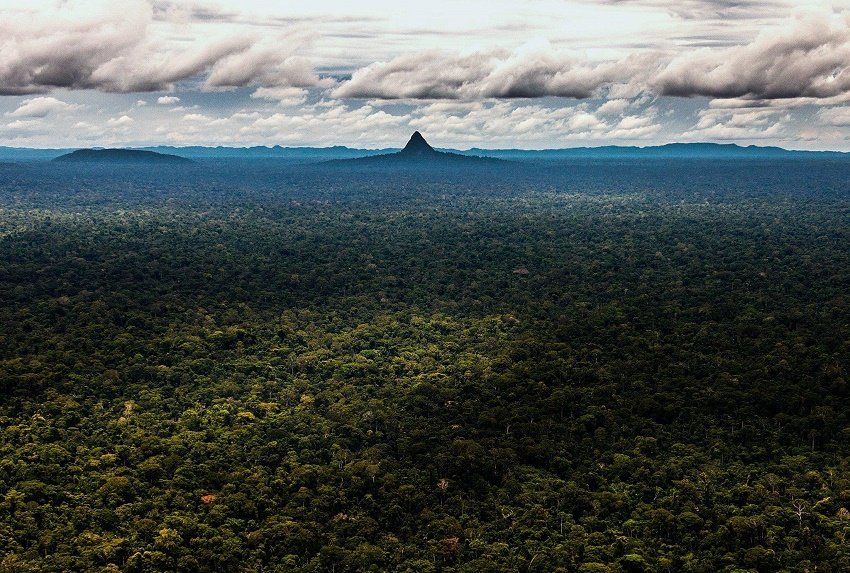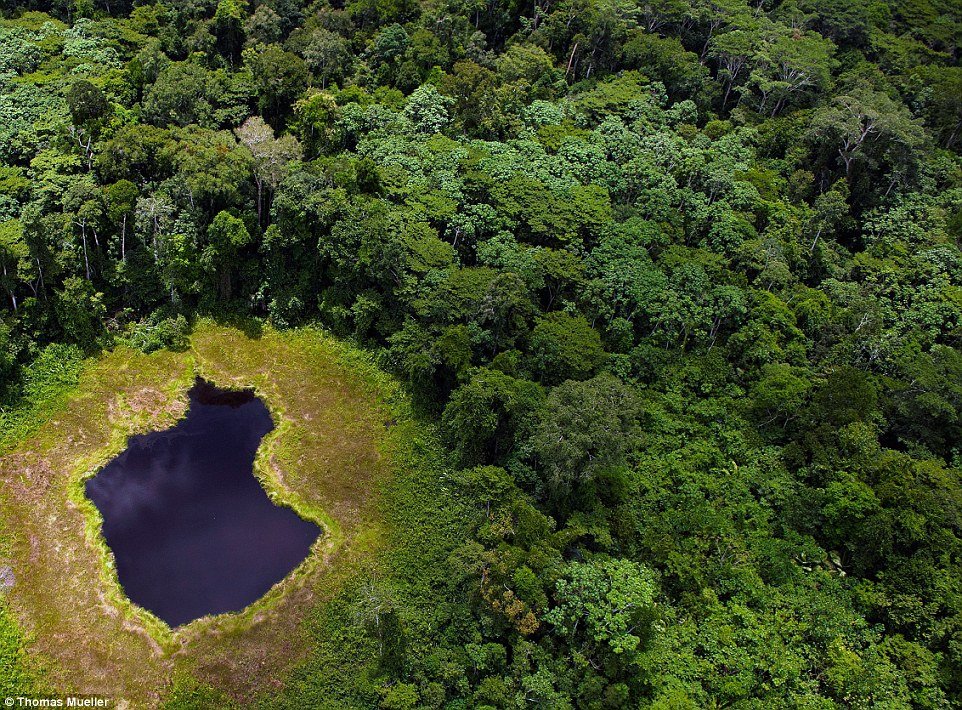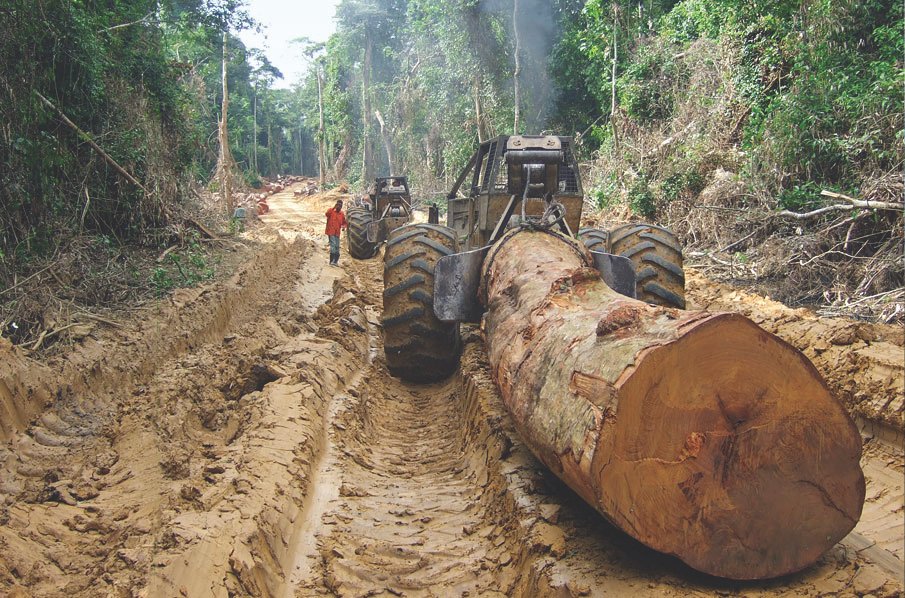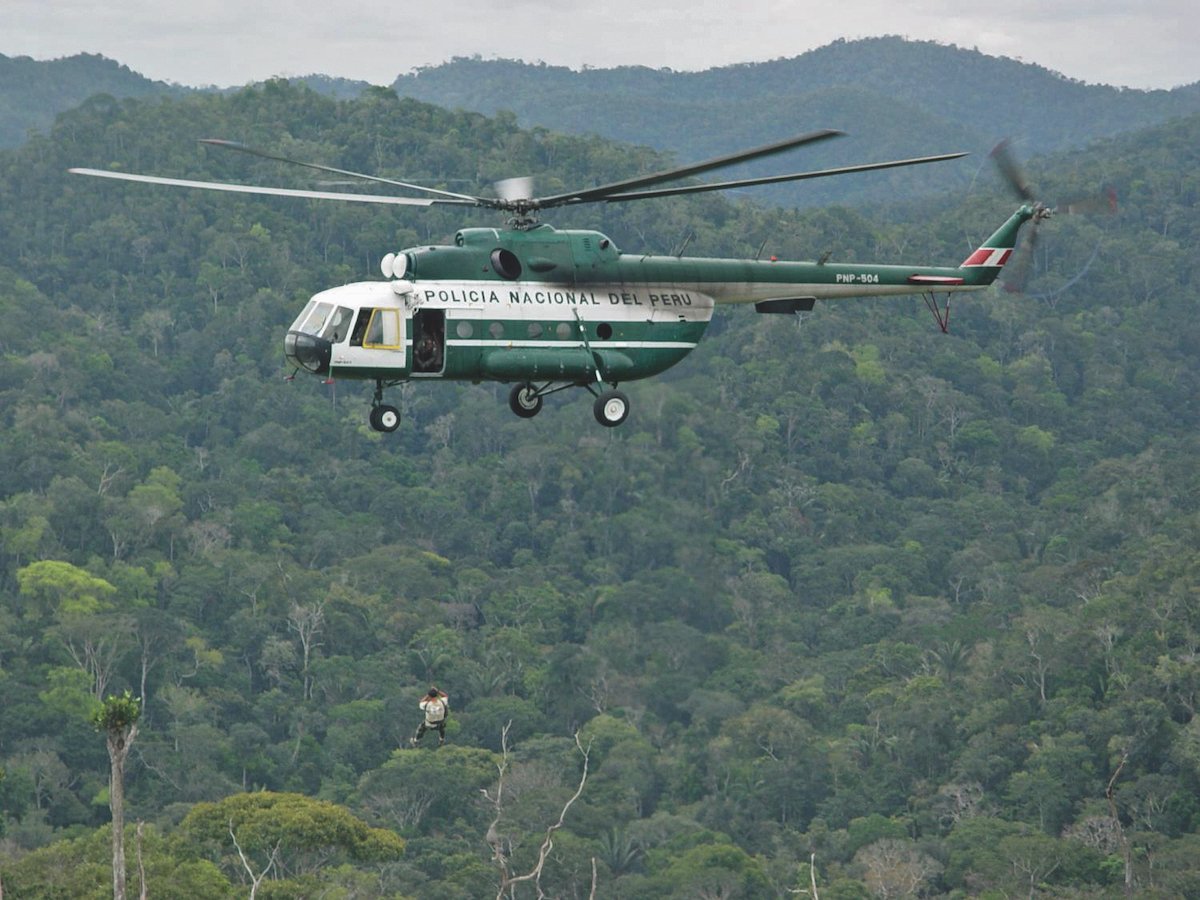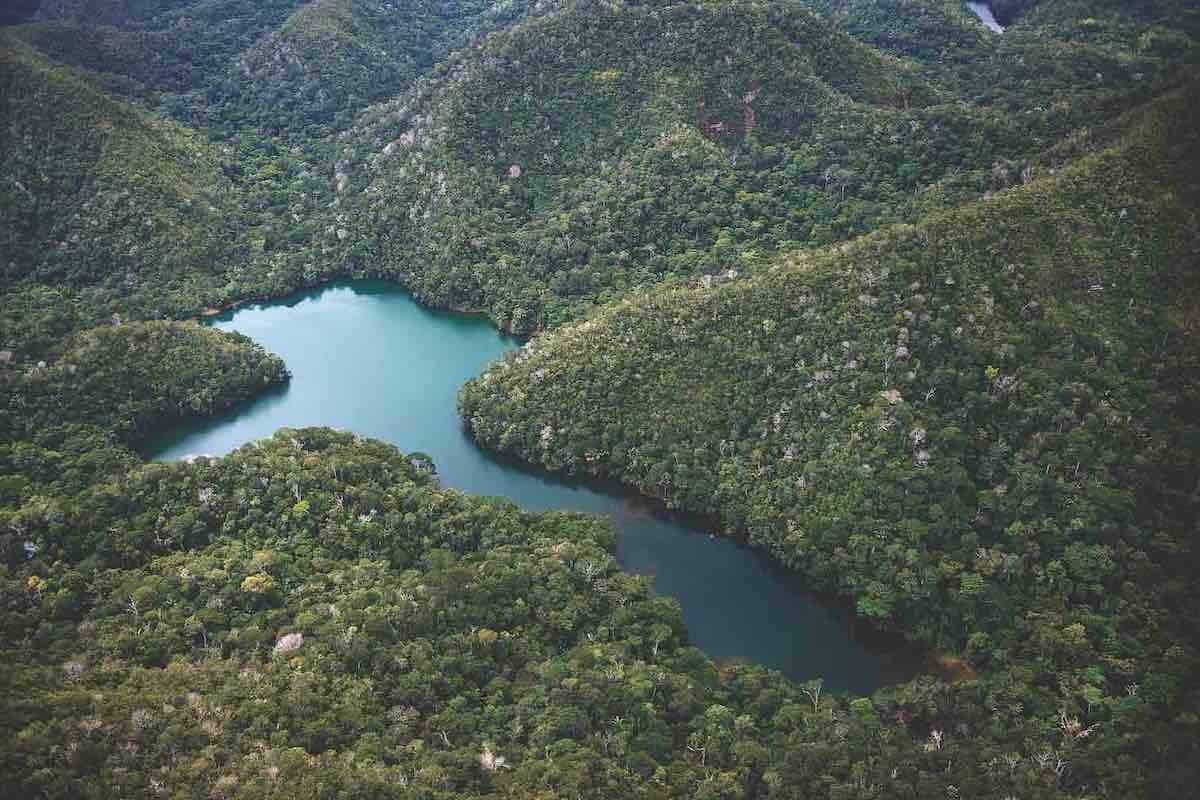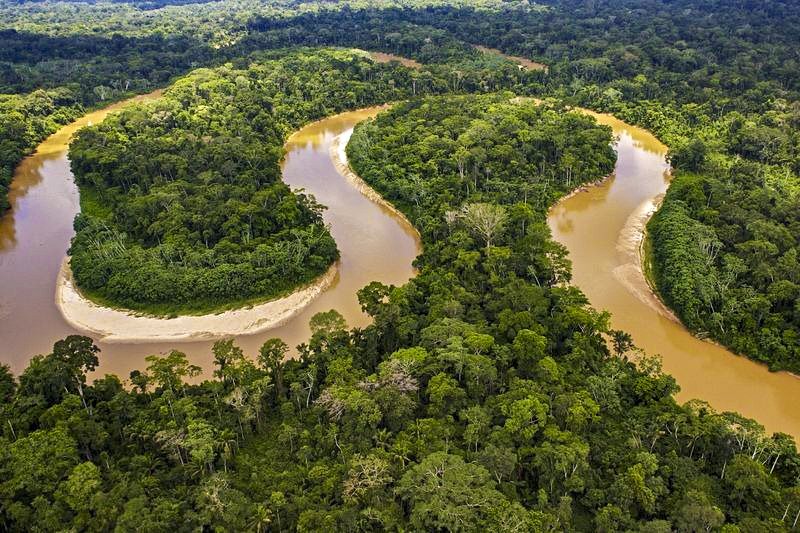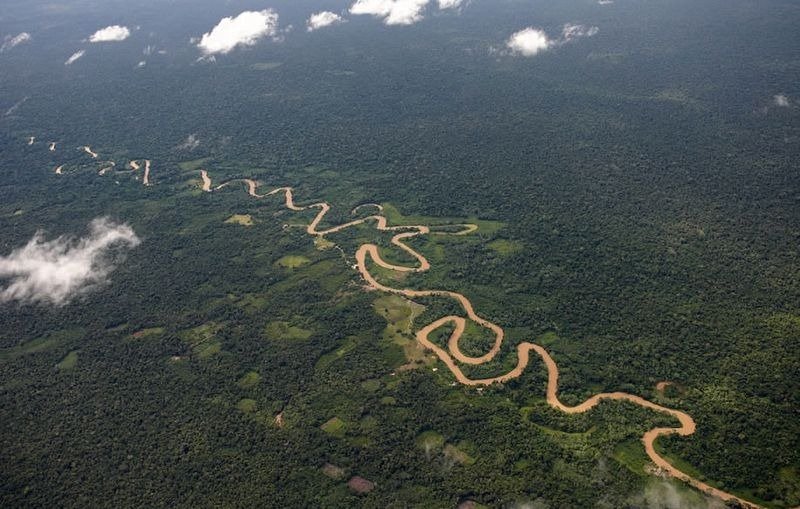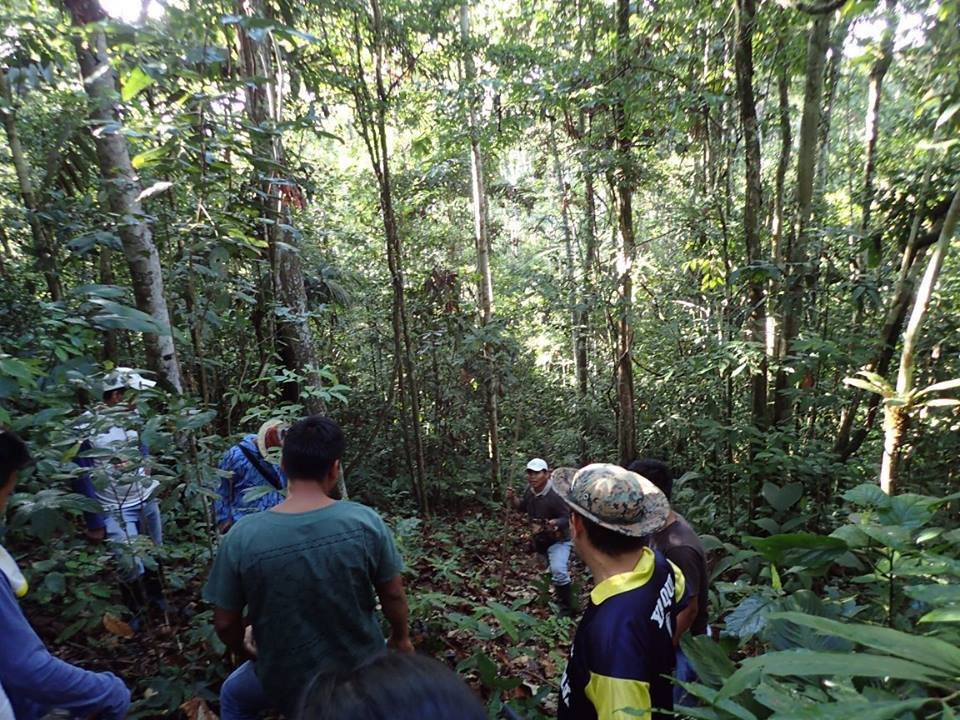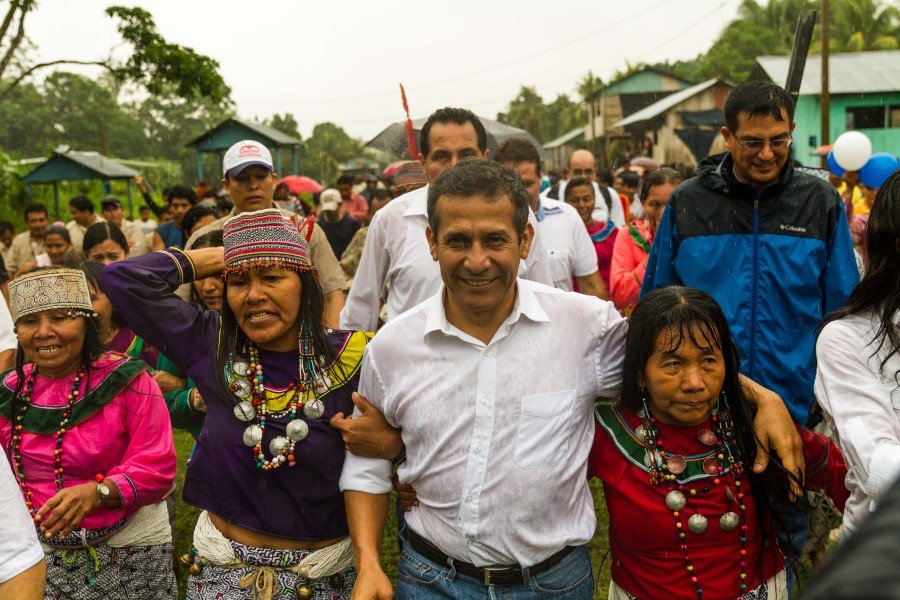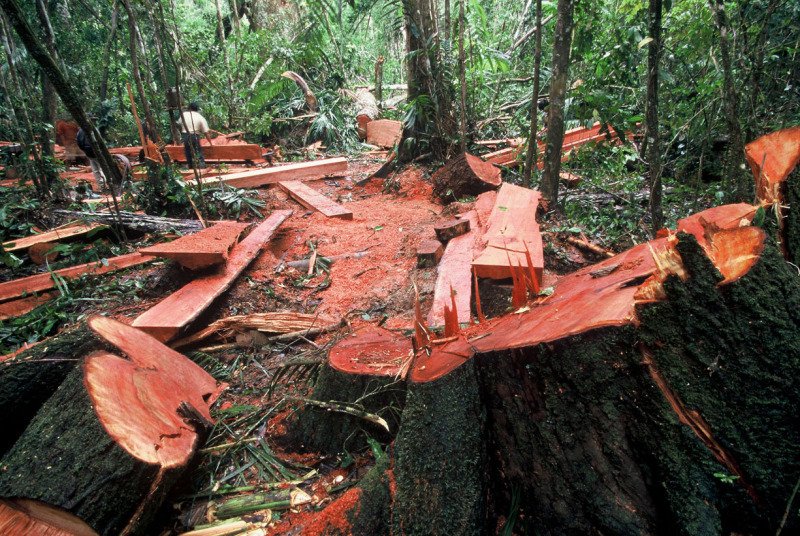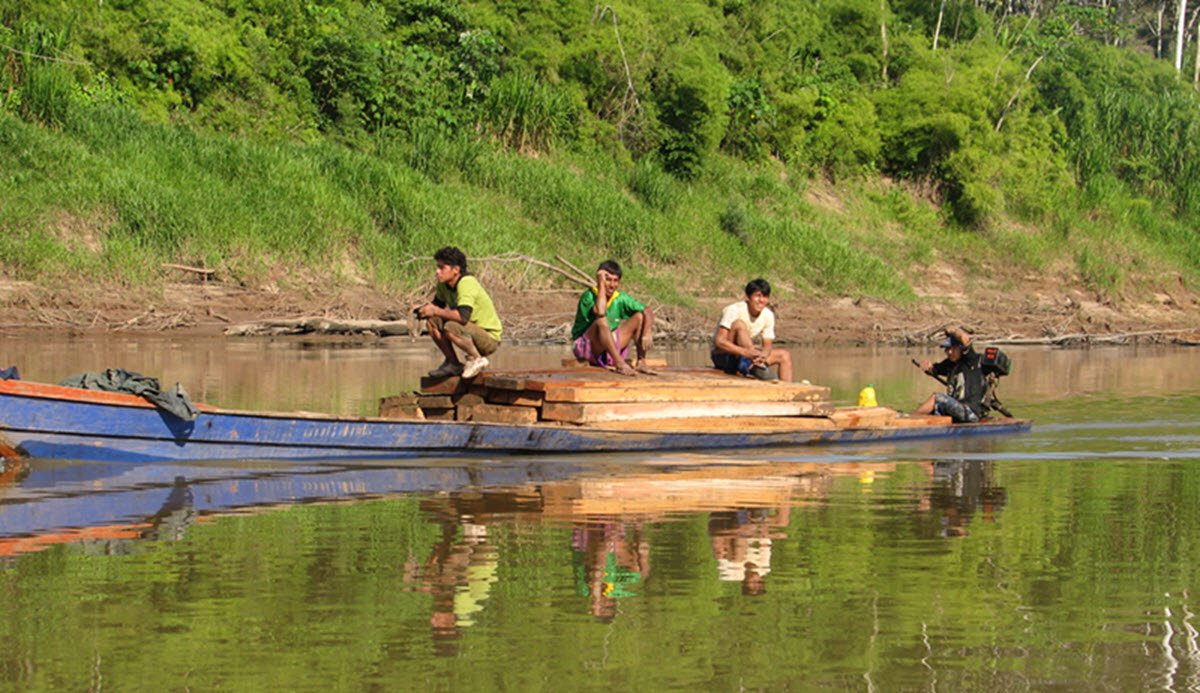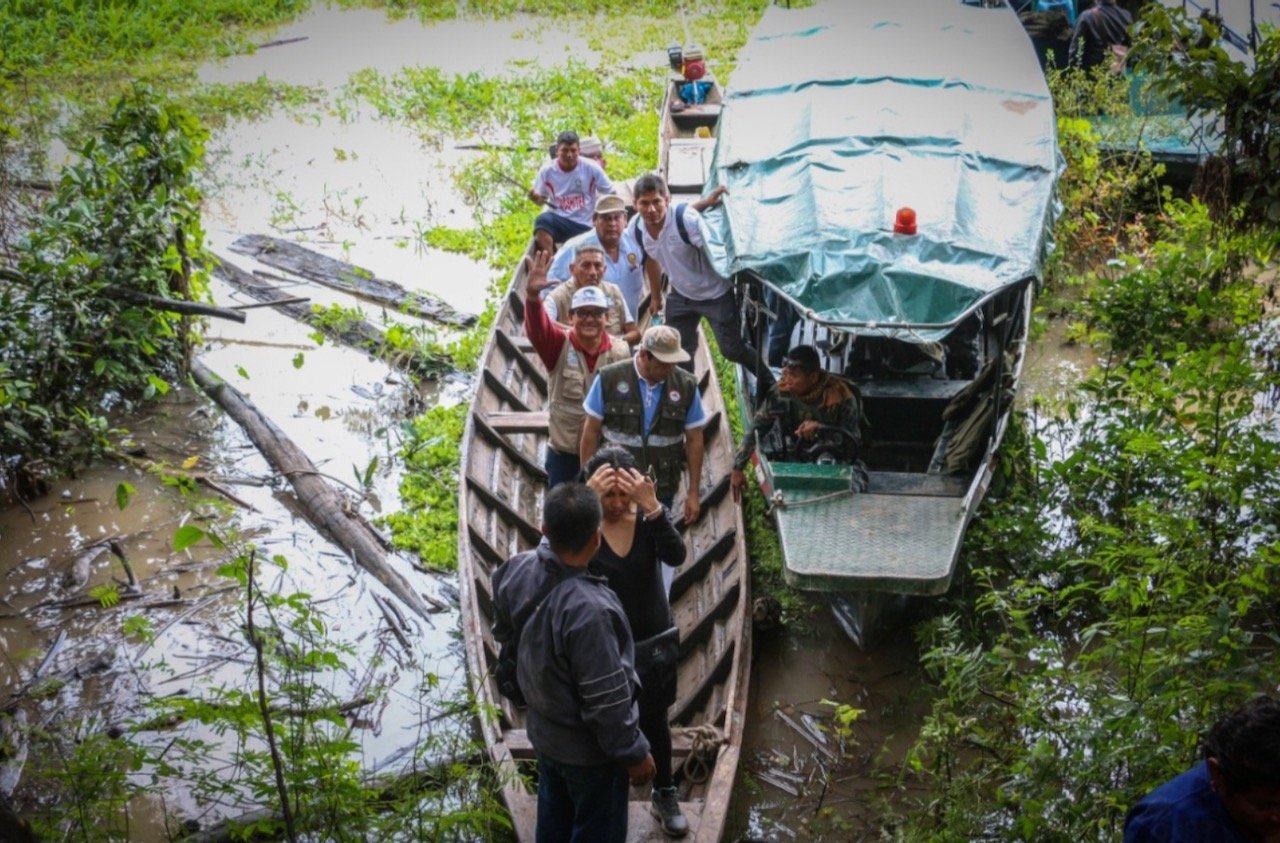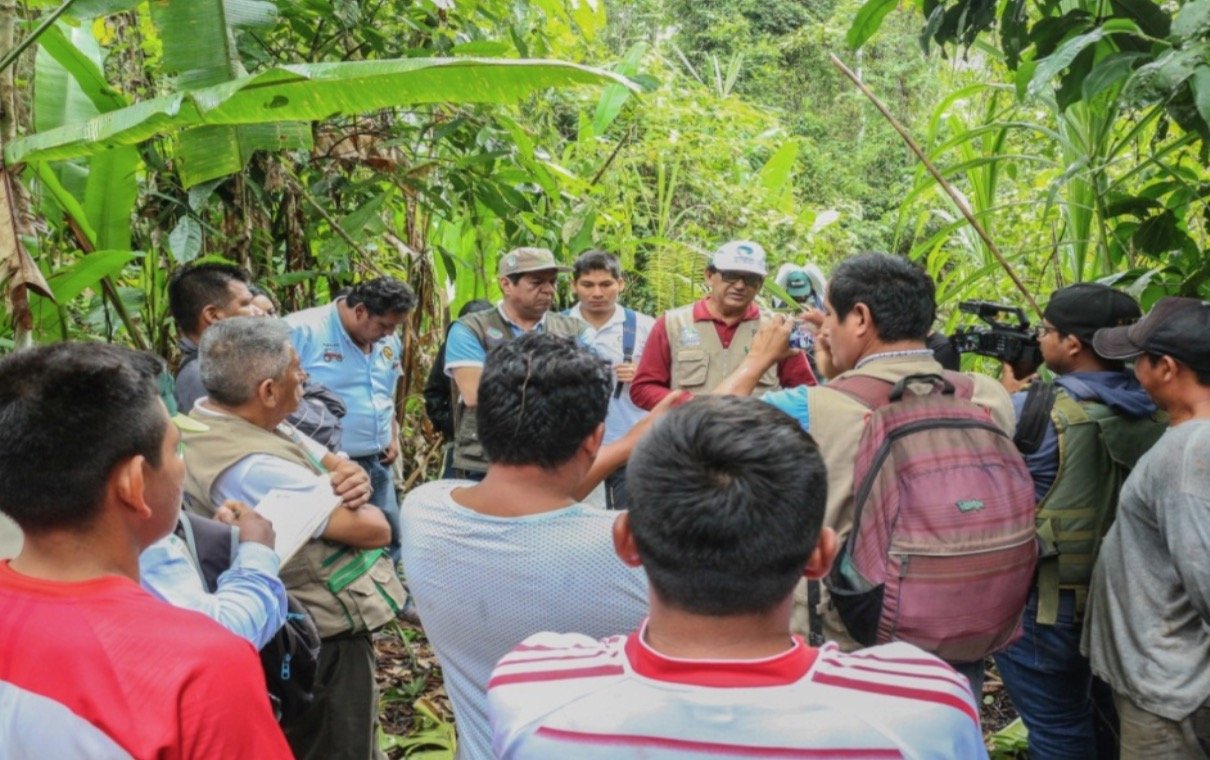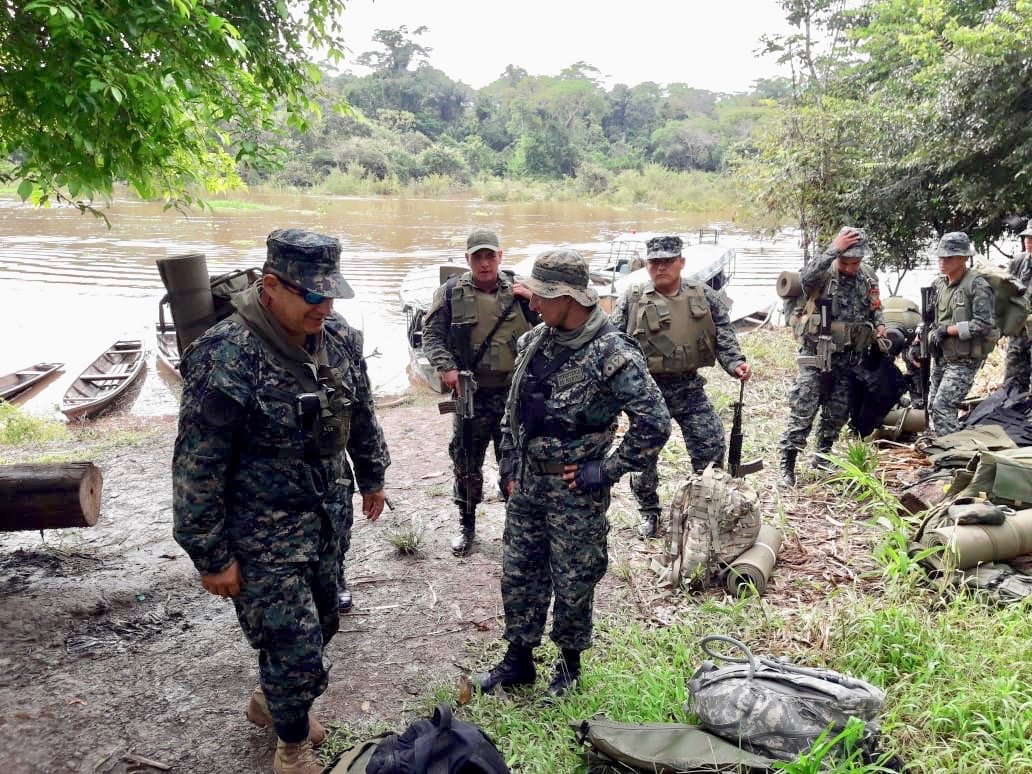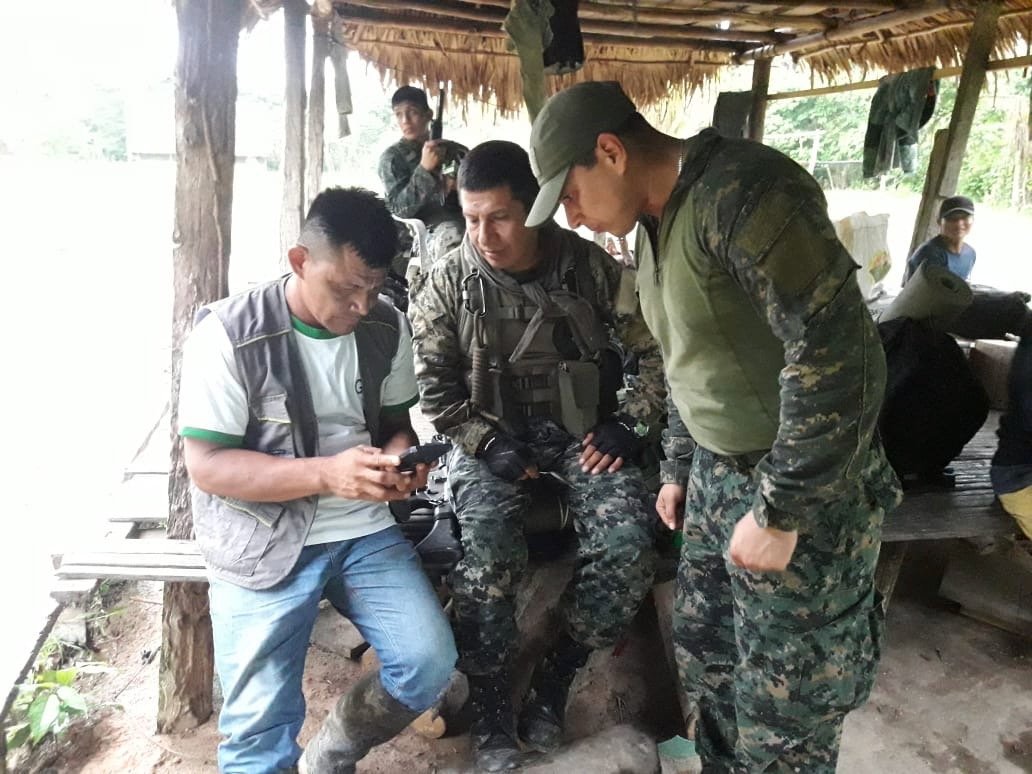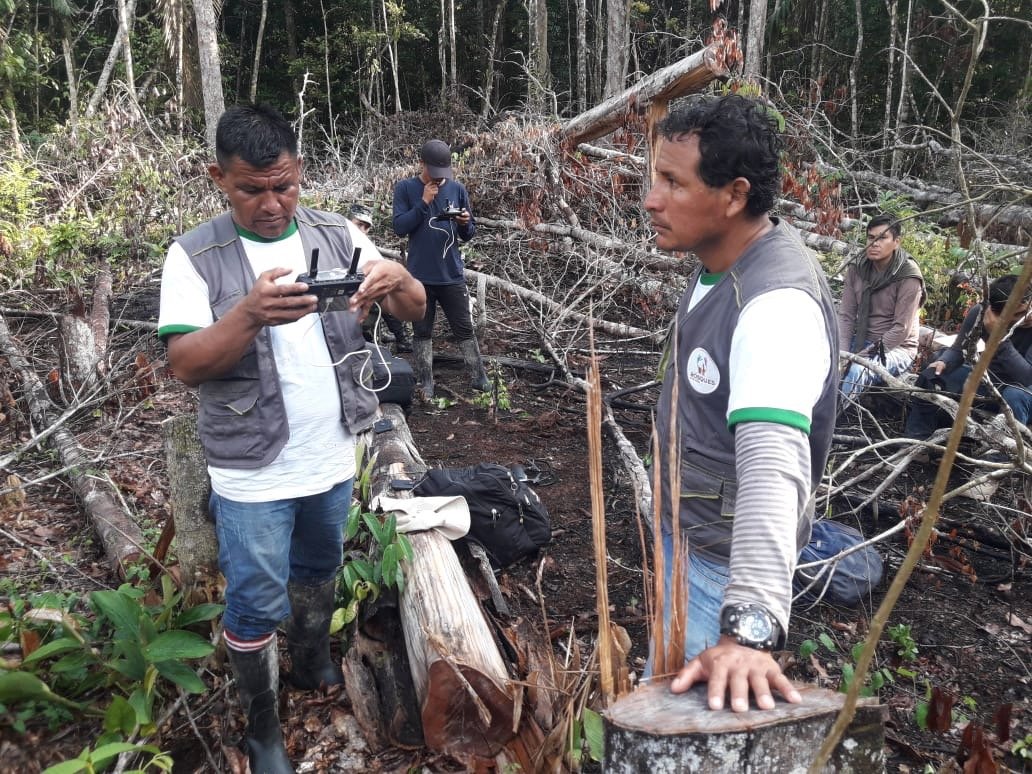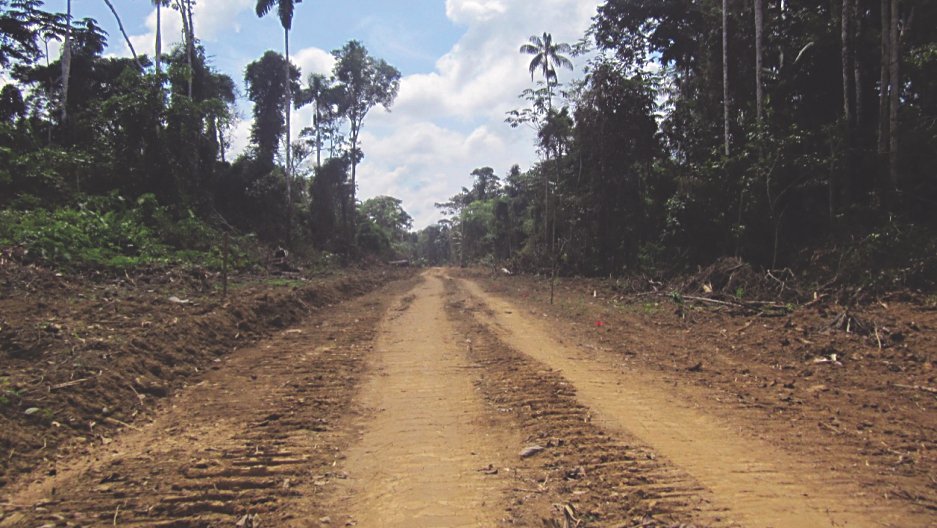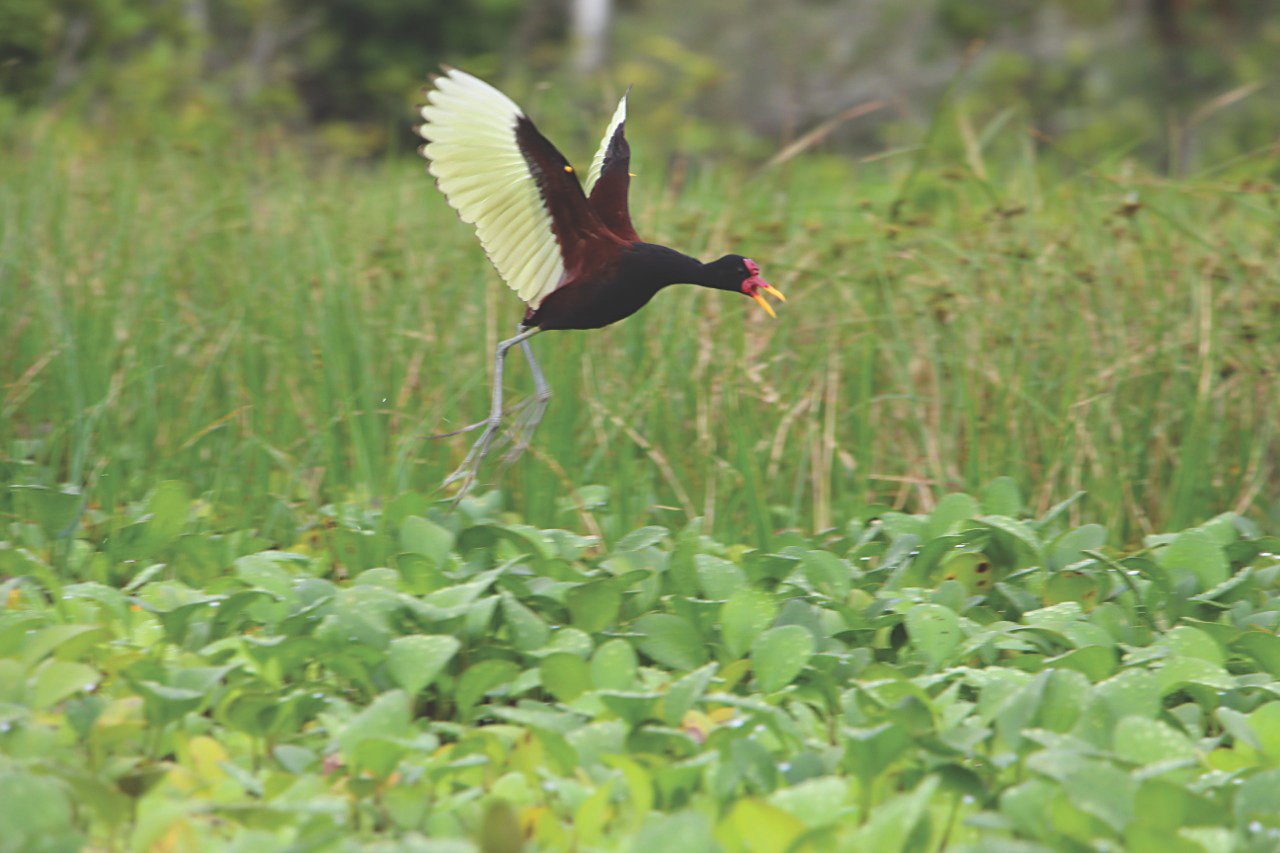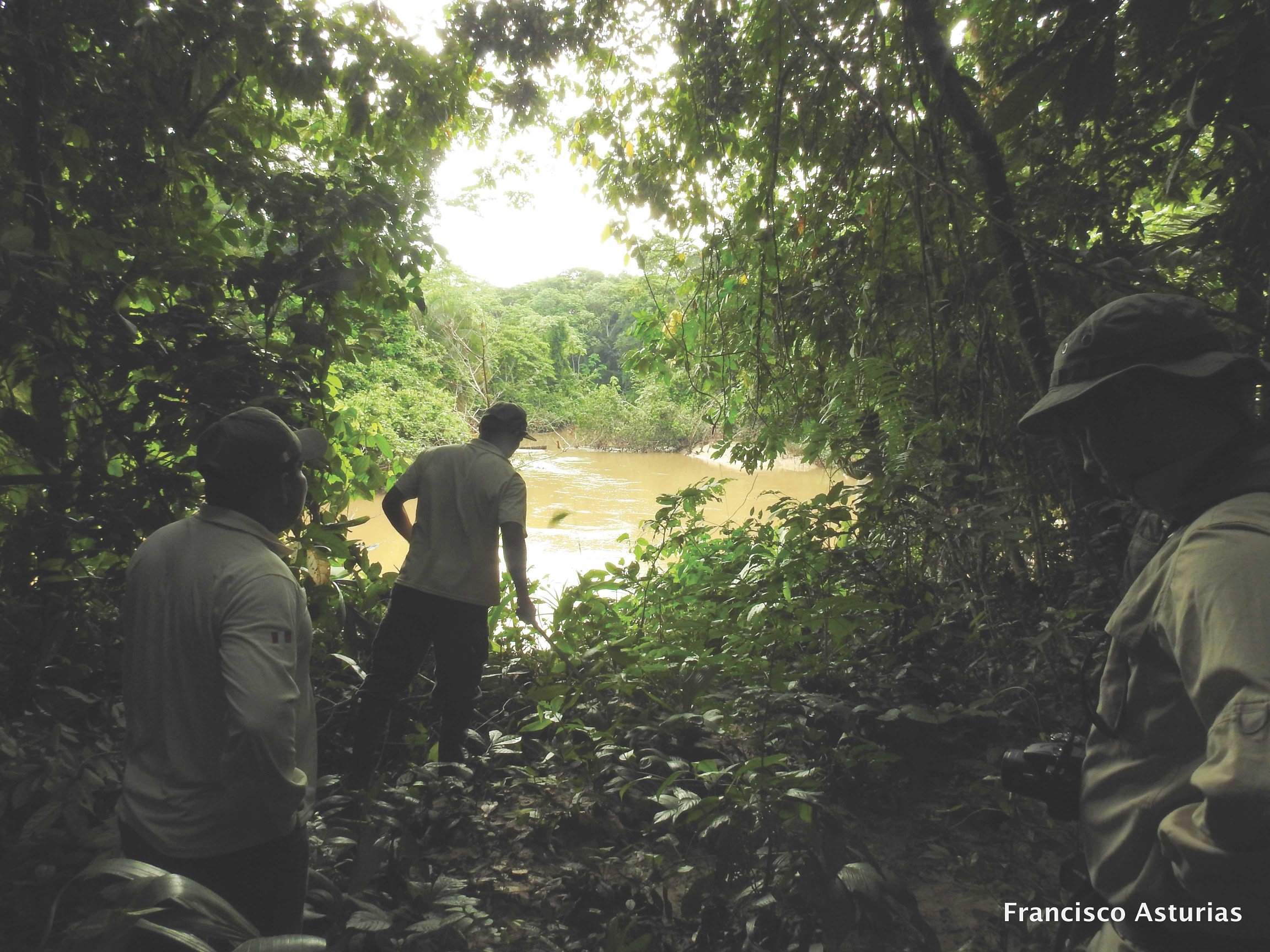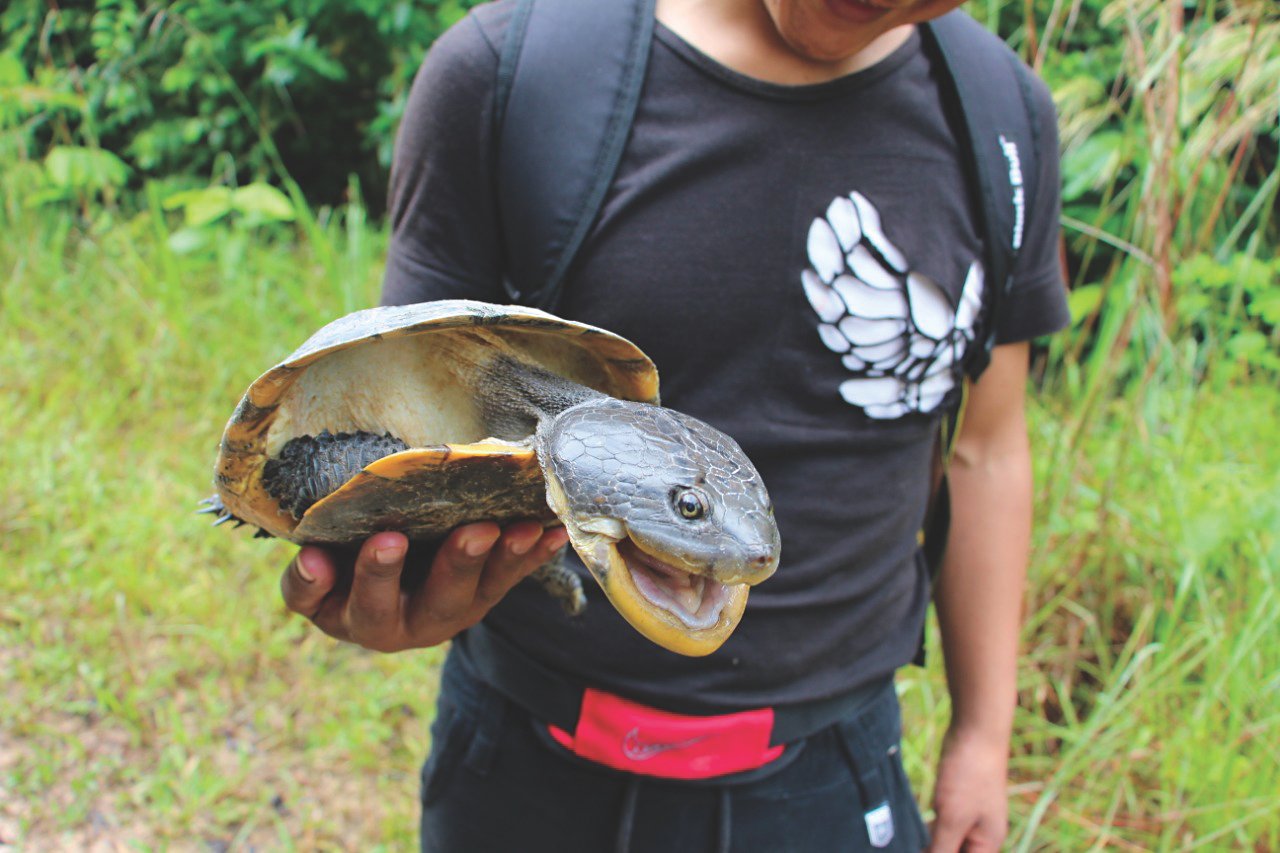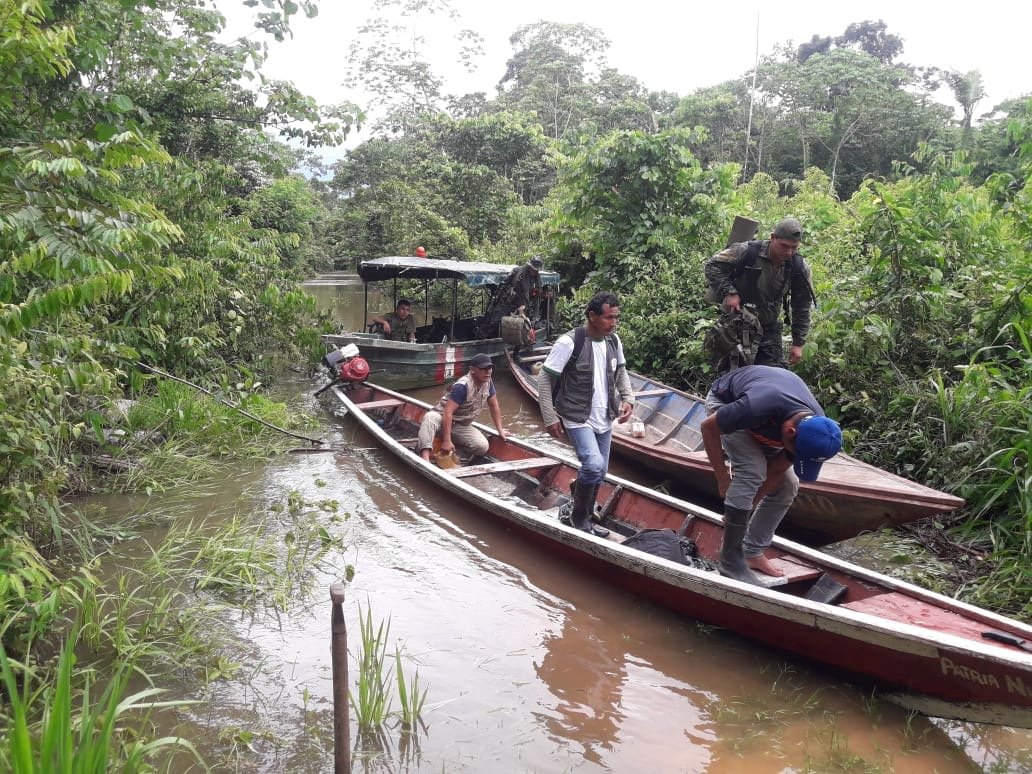Sierra Del Divisor National Park, Peru
OVERVIEW
The Amazon is one of the world’s greatest natural treasures: a vast expanse of rainforest stretching across 5.5 million sq. km, teeming with unparalleled biodiversity. One in every ten living species known to man lives here, including 40,000 plant species, 3000 fishes, 1300 birds, and more than 400 mammals. These immense forests help stabilize the global climate, harbor economically and medically valuable species, and provide communities with a wealth of ecosystem services.
SIZE
1,300,000 Hectares
GOAL
$500,000
VISITORS BY 2025
10,000
Introduction
Despite its importance, the Amazon is among the most endangered wildernesses on our planet. An area the size of Washington D.C. is destroyed each week as the forests are slashed and burned to make room for farms and livestock.
As the rainforest is destroyed, Amazonian landscapes become patchworks of agriculture, villages, roads and trails. A male jaguar roams a territory of roughly 50-80 square kilometers; to survive, he needs space. In a fragmented landscape, large wildlife like jaguars may encounter new barriers each day, and may eventually succumb to the various threats that humans impose. Then, large animals like jaguars fade from the landscape, unable to return until their ability to wander is restored.
Habitat corridors can help to solve this problem. Corridors are like wildlife highways that maintain connectivity across a patchwork landscape, allowing jaguars and other wayfaring creatures to survive. In Peru, where the Amazon Rainforest is becoming increasingly fragmented, habitat corridors are critical.
The 27-million-hectare Andes-Amazon Conservation Corridor, a cross-border “peace park” that stretches across 1770 kilometers from the Amazon River in Brazil to the peaks of the Andes in Peru, plays a crucial role in protecting Amazonian wildlife. Until recently, though, there was a break in that chain: a piece of unprotected forest that put the entire corridor at risk.
Natural Heritage
Sierra del Divisor is a newly-established 1.3-million-hectare national park along the Peru-Brazil border, protecting the Andes-Amazon Corridor’s final link and completing one of the largest contiguous blocks of protected areas in the Amazon.
The region is a stronghold for large, rare mammals like jaguars and tapirs, and protects more than 300 fish species, 550 bird species, and 3,500 plant species. The massive rainforest trees conceal fierce rivers and plummeting waterfalls. This forest, which is also home to around 20 indigenous communities like the Iskonowa and multiple uncontacted tribes, provides food and water for more than 230,000 people. Locals call this “the Land of the Brave People”. Aside from its biological riches, the unique landscape of Sierra del Divisor has led others to call it the “Yellowstone of the Amazon”. Its arcing sandstone ridges block rainfall, creating patches of dry scrubland among the rainforest that increase this area’s biodiversity. Dormant volcanic cones burst through the canopy: “El Cono” (“The Cone”) is a solitary peak that towers 500 dazzling meters above the rainforest. El Cono is part of a unique volcanic mountain range, the only mountain chain in the lowlands of the Amazon forest. Here, ten tributaries to the Amazon River are born.
This is one of the Amazon’s last true wildernesses. Its unexplored jungle is one of the greatest refuges for biodiversity on earth, brimming with primary forests that store at least 500 million tons of carbon.
Threats to Sierra del Divisor
This is one of the most remote areas in the world, and little is known about this forest or the people in it. Historically, the forest was unimpacted by the outside world because no one dared venture into it; now, the same unexplored vastness that once helped protect this forest now makes management difficult.
As a whole, the Peruvian Amazon has lost over 1 million hectares of forest in the past 15 years. Sierra del Divisor alone lost more than 2,500 hectares of tree cover between 2001 and 2014. Despite its newfound protected status, Sierra del Divisor is threatened by logging, mining, and clearing for coca production. Unregulated commercial fishing and hunting imperil native animal populations. A proposed highway could restrict habitat, spread disease, and provide access to illegal hunters, loggers, and drug traffickers. Unchecked, these threats could destroy the area in a matter of years.
Neighboring areas have already been devastated by mining and logging, highlighting the urgent need for permanent protection.
Saving Sierra del Divisor
To achieve that protection, Global Conservation is coordinating with national police and marines while working with our partners in conservation—Rainforest Foundation Peru and SERNANP National Parks Peru—to develop key aspects of the Global Park Defense program.
In order to make Sierra del Divisor a conservation model for Peru, we are particularly focused on:
Systems and Equipment
Surveillance and Monitoring
Training and Capacity Building
Community Guardians
Carbon for Forests—Sustainable Financing
Already, in February 2019, a Global Conservation mission to Sierra del Divisor had a number of strong outcomes. For one, we delivered a fully-functional Satellite Communications Network, enabling park rangers and community leaders to communicate from anywhere within the 1.4 million hectares and beyond with park management, police and military. We also had meetings with key government officials to discuss tourism development, and formed a workplan to deploy Global Park Defense for park and wildlife protection.
The Global Park Defense program will be focused on the Northern Sector and Southern Gateways to the national park, including ranger training, surveillance cameras on rivers and trails in the park, aerial and drone surveillance, and SMART ranger patrols based on satellite and aerial monitoring to increase the effectiveness of forest and wildlife protection. This builds on our 2017 work to support community-based patrolling, enabling villages around Sierra del Divisor to protect their own lands and the park from illegal logging and land clearing by coca producers. Working closely with the provincial governor, we are also planning the first lodging and boat piers for visitors to enter the park.
“SERNANP [National Protected Areas Service] personnel must have the resources to deter threats from illegal mining, logging and coca cultivation. The logistical cost of good governance in such a remote area is high.”
- Enrique Ortiz, Program Director, Amazon Andes Fund
We aim to protect Sierra del Divisor as a critical link that ties together one of the world’s wildest landscapes. With our partners in conservation, we will secure the ability of jaguars and other wildlife to roam this forest for centuries to come.
Species Facing Extinction
In Sierra del Divisor National Park, we are working with our partners to protect the jaguar.
Global Conservation is funding a multi-year Species Population Baseline study for jaguars to ascertain progress in Park and Wildlife Protection from our investments in Global Park Defense in Sierra del Divisor National Park.
Only 1,200 jaguars remain in Mirador National Park, one of the species' strongholds. The jaguar is the largest feline in the Americas, a valuable component of the ecosystem as a top predator and an iconic symbol of South American culture.
Partners in Conservation
Servicio Nacional de Áreas Naturales Protegidas (SERNANP; the National Protected Areas Service) & Ministerio del Ambiente
Global Conservation works closely with these government entities to protect Sierra del Divisor. Through participatory management and with sustainable development in mind, SERNANP ensures the conservation of Peru's natural protected areas, their biological diversity, and the maintenance of their ecosystem services.
“The creation of the Sierra del Divisor National Park is a major environmental milestone for Peru and complements its leadership in the climate change negotiations. The park has an immense wealth of plant and animal species many of which are unique to this region of the rainforest.”
- Luis Miguel Castilla, Ambassador of Peru to the U.S.
Mirador in the News
PRI - Court blocks oil drilling in Peruvian Amazon
The Japan Times - Indigenous Peruvians win suit to block oil exploration in their Amazon region
Geographical - Protecting the corridor
Mongabay - ‘A critical gift’: Peru rejoices as a new national park is born
NBC News - Peruvians In U.S. Rallying For Conservation of Rainforest Back Home
Mongabay - Will Sierra del Divisor soon become Peru’s newest national park?


